Lakshmanbhog mangoes are a variety of mangoes that are grown mainly in the Malda district of West Bengal, India. [1]
They are considered one of the best mango varieties in India and are known for their exceptional taste and aroma.
These mangoes are named after a mythological character from the Indian epic Ramayana, Lakshmana, who is believed to have loved mangoes.
In this article, we will explore everything you need to know about Lakshmanbhog mangoes, from their origin and characteristics to their nutritional value and benefits.
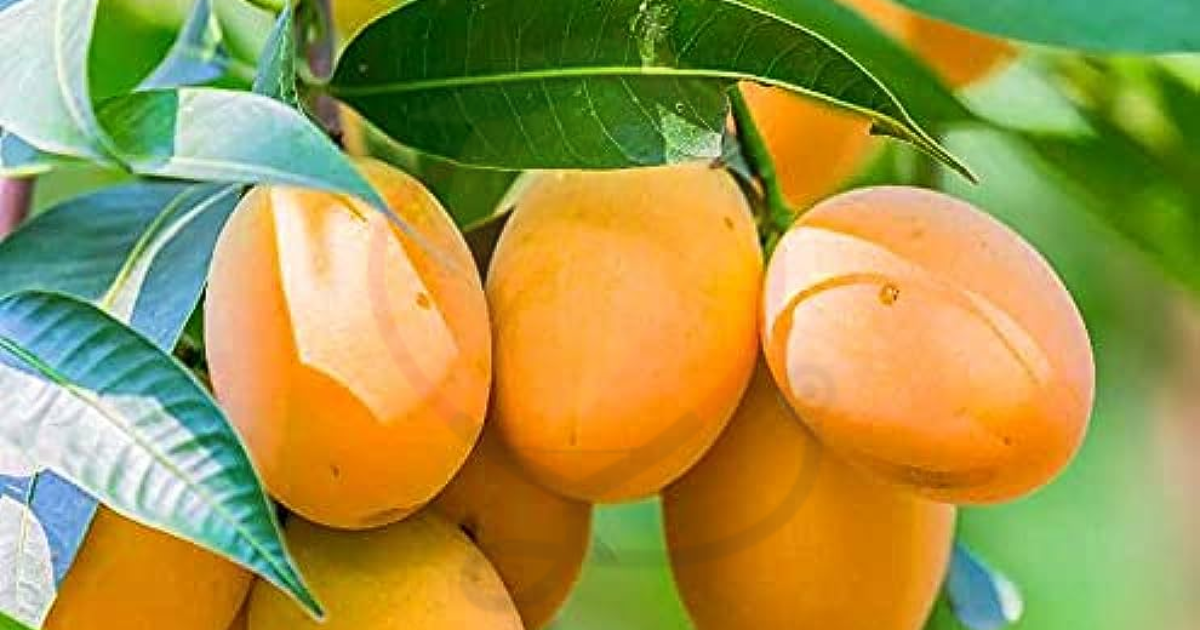
Characteristics of Lakshmanbhog Mangoes
Lakshmanbhog mangoes are a popular variety of mangoes that are known for their unique taste and aroma.
Here are some of the key characteristics of Lakshmanbhog mangoes.
- Lakshmanbhog mangoes are small to medium-sized mangoes, usually weighing between 150-200 grams.
- They have a slightly oval shape with a distinct yellow skin color that may have some green or red spots.
- The skin is thin and smooth, and the flesh is juicy and tender.
- Lakshmanbhog mangoes are known for their exceptional taste, which is sweet, juicy, and aromatic.
- They have a unique flavor that is different from other mango varieties.
- The pulp is fiberless and smooth, making it easy to eat and digest.
- Lakshmanbhog mangoes have a distinct aroma that is sweet and fruity.
- The fragrance is so strong that you can smell it even before cutting open the fruit.
Nutritional Value
Lakshmanbhog mangoes are not only delicious but also rich in essential nutrients that offer several health benefits. [2]
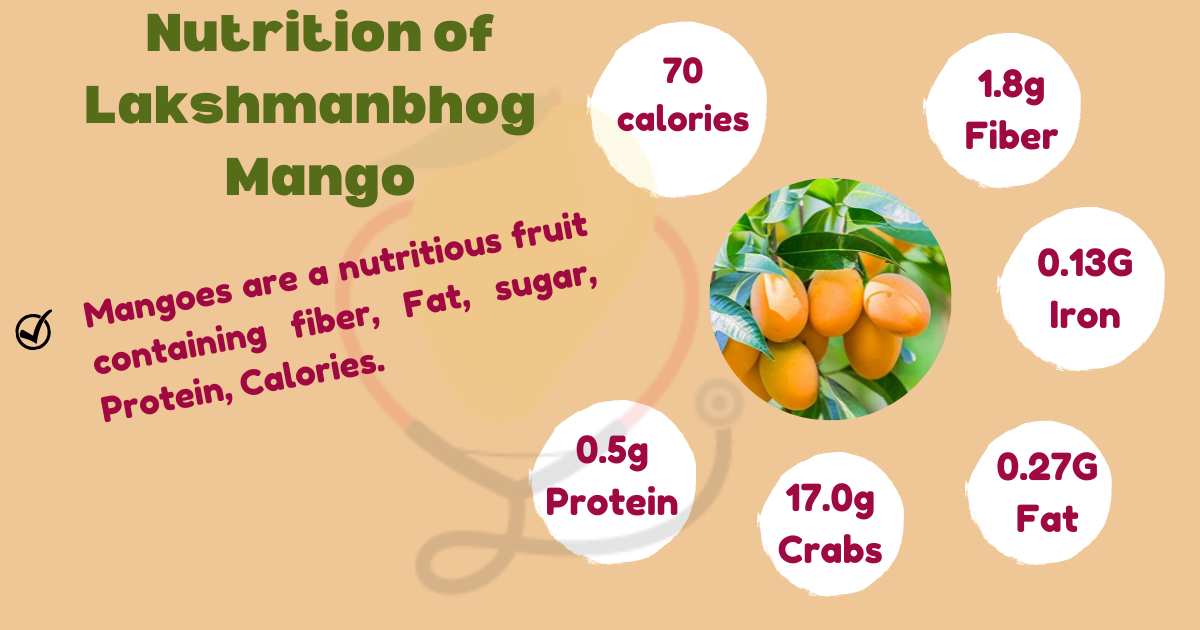
Here is a breakdown of the nutritional value of Lakshmanbhog mangoes per 100 grams.
- Calories: 70
- Carbohydrates: 17.0 g
- Protein: 0.5 g
- Fat: 0.27 g
- Fiber: 1.8 g
- Vitamin A: 25%
- Vitamin C: 76%
- Vitamin E: 9%
- Vitamin K: 4%
- Potassium: 156 mg
- Magnesium: 15 mg
- Calcium: 10 mg
- Iron: 0.13 mg
Cultivation of Lakshmanbhog Mangoes
Lakshmanbhog mangoes are mainly grown in the Malda district of West Bengal, India.
They are typically grown in small orchards and are handpicked to ensure quality. The mangoes are usually harvested from mid-June to mid-July.
Health Benefits of Lakshmanbhog Mangoes
Lakshmanbhog mangoes are not only delicious but also offer several health benefits. Here are some of the health benefits of Lakshmanbhog mangoes.

1: Boosts Immunity
Lakshmanbhog mangoes are a rich source of vitamins A, C, and E, which are known to boost immunity by promoting the production of white blood cells. [3]
These vitamins also help fight against harmful free radicals, which can cause cellular damage and lead to chronic diseases.
2: Improves Digestion
Lakshmanbhog mangoes are a good source of dietary fiber, which helps regulate bowel movements and prevent constipation. [4]
The fiber also helps feed the good bacteria in the gut, which improves digestion and nutrient absorption.
3: Lowers Cholesterol
Lakshmanbhog mangoes contain pectin, a soluble fiber that has been shown to lower cholesterol levels in the blood. [5]
Regular consumption of Lakshmanbhog mangoes may help reduce the risk of heart disease and stroke.
4: Promotes Healthy Skin
Lakshmanbhog mangoes are rich in vitamin A, which is essential for maintaining healthy skin. [6]
Vitamin A helps promote the production of collagen, a protein that gives skin its elasticity and prevents wrinkles.
5: Helps with Anemia
Lakshmanbhog mangoes are a good source of iron, a mineral that is essential for the production of red blood cells. [7]
Regular consumption of Lakshmanbhog mangoes may help prevent anemia, a condition caused by low levels of red blood cells in the body.
6: Aids in Weight Loss
Lakshmanbhog mangoes are low in calories and fat but high in fiber, which makes them a great snack for those trying to lose weight. [8]
The fiber helps keep you feeling full for longer, reducing the urge to snack on unhealthy foods.
Culinary Uses of Lakshmanbhog Mangoes
Lakshmanbhog mangoes are not only popular for their unique taste and nutritional benefits but also for their versatility in the kitchen. Here are some culinary uses of Lakshmanbhog mangoes:
1: Desserts
Lakshmanbhog mangoes are perfect for making desserts, especially Indian sweets like rasgulla, sandesh, and shrikhand.
2: Beverages
Lakshmanbhog mangoes are a great addition to smoothies, milkshakes, and juices. You can also use them to make cocktails and mocktails.
3: Chutneys and Sauces
Lakshmanbhog mangoes are an essential ingredient in Indian chutneys like mango chutney and mint mango chutney.
They can also be used to make mango salsa, mango sauce, and mango BBQ sauce.
4: Pickles
Lakshmanbhog mangoes are perfect for making pickles.
They have a sweet and sour taste that makes them an ideal ingredient for spicy pickles and chutneys.
5: Curries and Salads
Lakshmanbhog mangoes can be used in both sweet and savory dishes.
You can add them to curries, salads, and stir-fries for a burst of flavor and nutrition.
6: Snacks
Lakshmanbhog mangoes can be used to make a variety of snacks like mango chips, dried mango, and mango jam.
You can also use them as a topping for yogurt, granola, and oatmeal.
Interesting Facts about Lakshmanbhog Mangoes
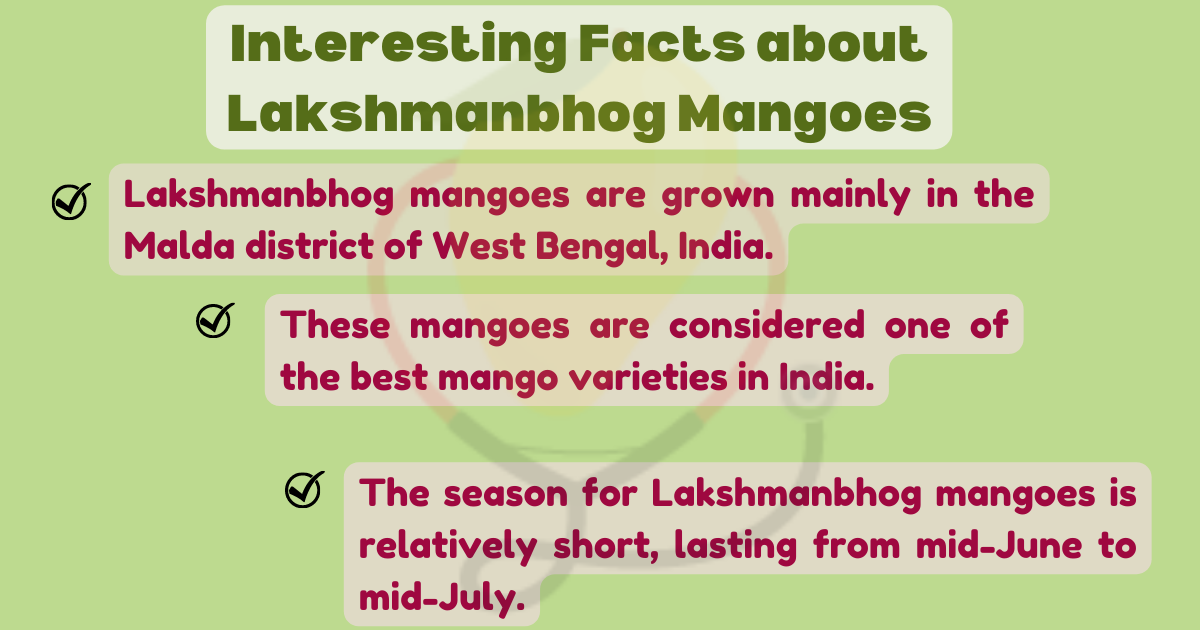
- Lakshmanbhog mangoes are grown mainly in the Malda district of West Bengal, India.
- These mangoes are named after a mythological character from the Indian epic Ramayana, Lakshmana.
- The season for Lakshmanbhog mangoes is relatively short, lasting from mid-June to mid-July.
- These mangoes are considered one of the best mango varieties in India.
Popular Recipes
If you want to try cooking with Lakshmanbhog mangoes, here are some delicious and easy-to-make recipes to try.
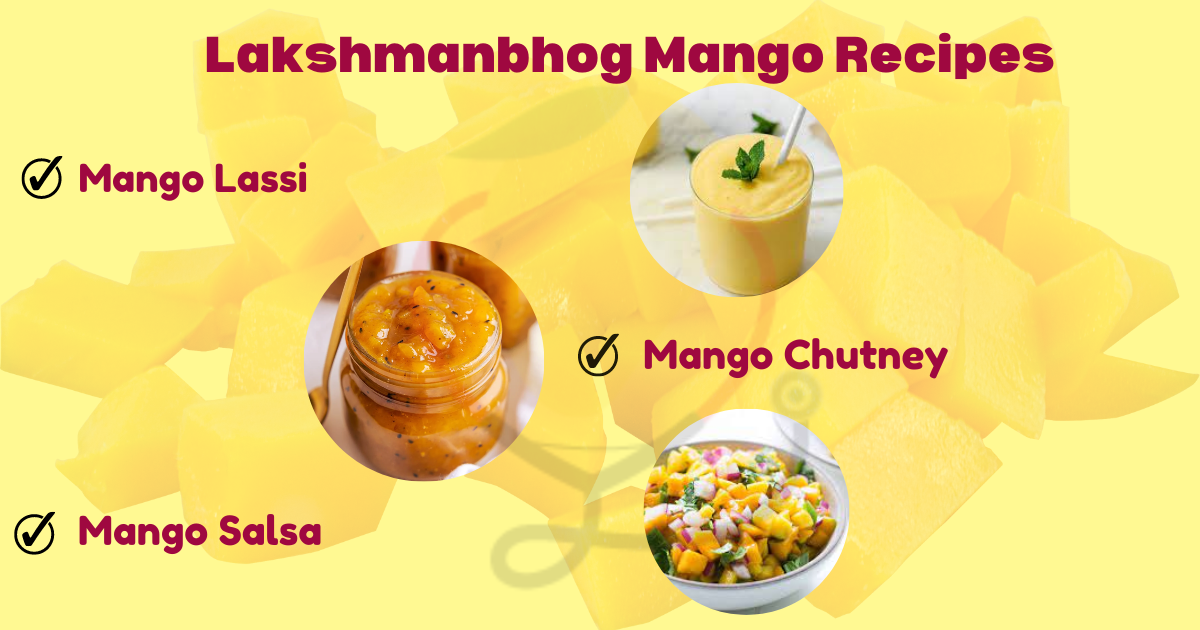


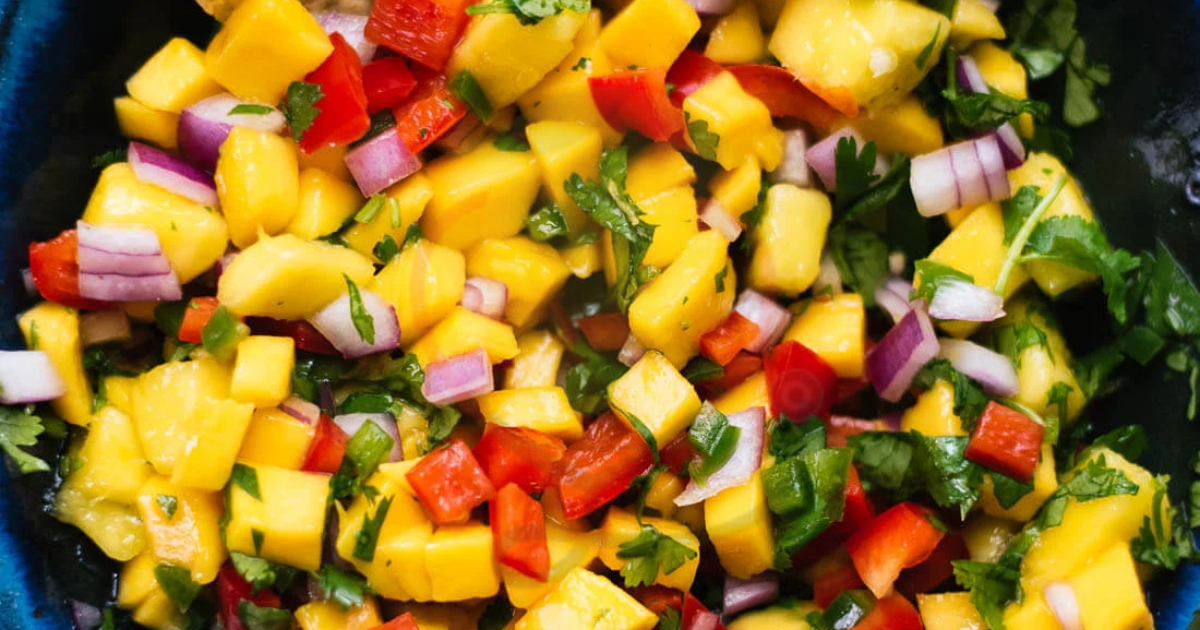
Lakshmanbhog mangoes are a unique and delicious varieties of mangoes that are not only a treat for your taste buds but also offer several health benefits.
These mangoes are rare and expensive, but their exceptional taste and aroma are worth the price.
Whether you enjoy them as a snack, in a salad, or as a dessert, Lakshmanbhog mangoes are sure to satisfy your cravings.
FAQs
What is the best way to enjoy Lakshmanbhog mangoes?
Lakshmanbhog mangoes can be enjoyed as a snack, in a smoothie, or in a dessert. They can also be used in salads, chutneys, and other culinary dishes.
Where are Lakshmanbhog mangoes grown?
Lakshmanbhog mangoes are mainly grown in the Malda district of West Bengal, India.
What is the season for Lakshmanbhog mangoes?
The season for Lakshmanbhog mangoes lasts from mid-June to mid-July.
Are Lakshmanbhog mangoes good for you?
Yes, Lakshmanbhog mangoes are rich in essential nutrients and antioxidants that offer several health benefits.
How can I select and store Lakshmanbhog mangoes?
Look for firm mangoes without any bruises or blemishes. The mango should also have a fragrant aroma at the stem end. To store, keep them at room temperature until they ripen, then store them in the refrigerator for a few days.

